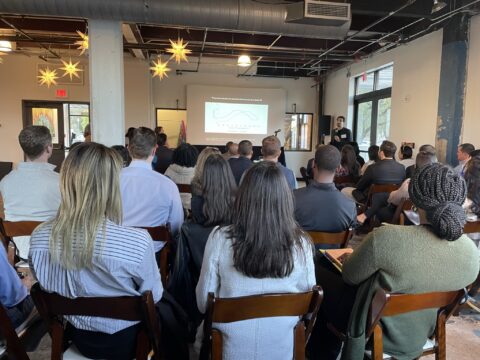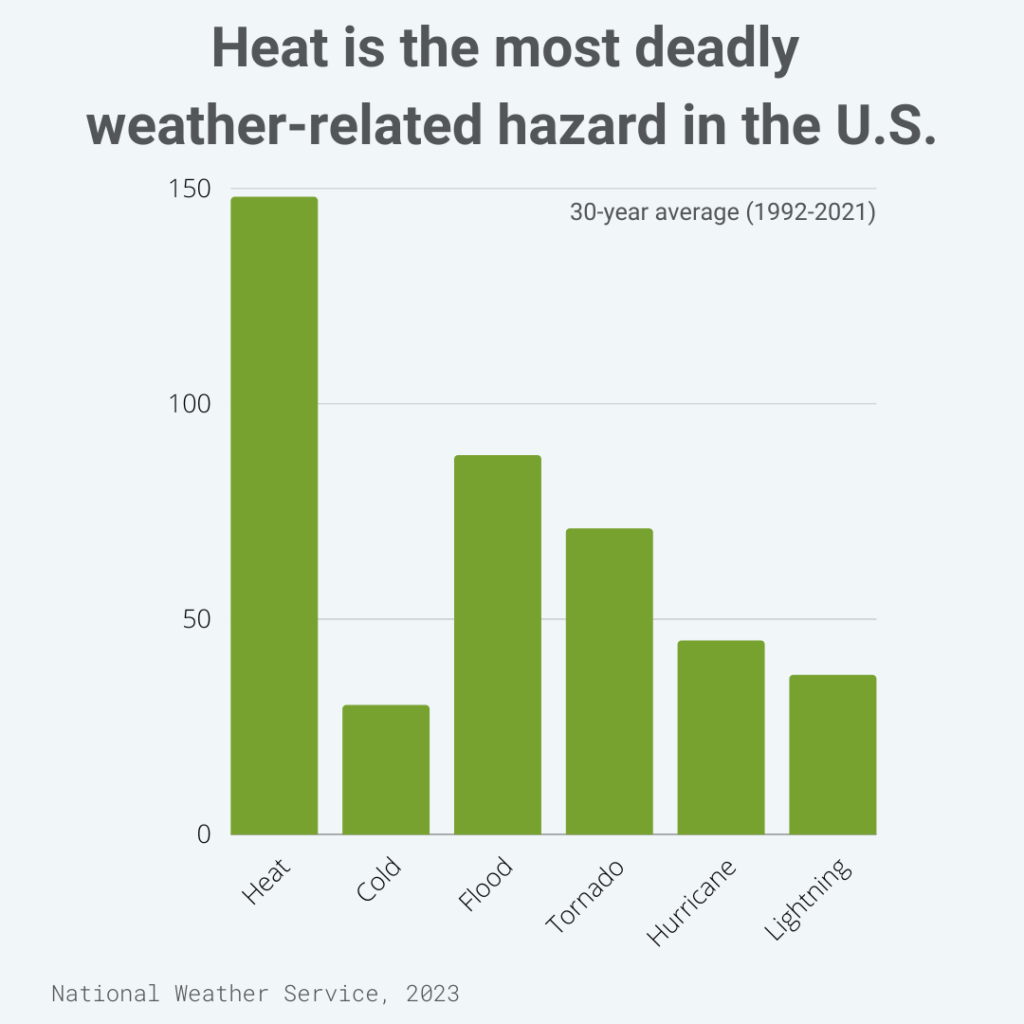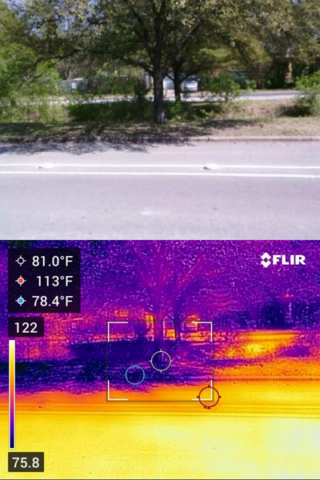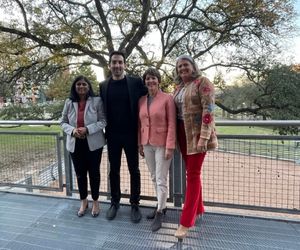Top Story
Remembering longtime ULI Member, Ted Nelson
ULI Houston honors the memory of Ted Nelson
ULI Houston members and guests met at the end of November, a time traditionally thought of as having enjoyable fall weather.
It did not.
As we acknowledged the warm weather pattern we more often experience, we gathered to discuss the very relevant topic of extreme heat and real estate. We look forward to this event being the first of many conversations around this topic.

In case you missed it, here’s what we learned during the event!
Read to the end for links to important resources and more information including our guest speaker, Kevin Lanza’s presentation.
Since 1960, each year has been warmer than the 20th-century average with 2016 being the hottest year on record. With climate change, we can expect to see more heatwaves, two or more days of exceptionally elevated temperatures, in our future. We can also expect a more intense and longer summer with experts predicting that the number of 95+ degree days will triple if we do not initiate climate protection policies.
Living with high temperatures can greatly affect our health. Those who are unable to cool off can experience short- and long-term health effects, some of which can lead to death. Heat is the leading cause of weather-related deaths with 140 annual deaths on average over the last 30 years. For comparison, in the U.S., flooding comes in second with just under 90 deaths in a 30-year average. Heat can also serve as the original cause of other health ailments, cardiovascular and respiratory systems sicknesses, for example.

Unfortunately, heat-related health incidents are not equally spread across the community. Those in lower-income communities, our older residents and those who work in environments that don’t traditionally offer respite from heat suffer more than other segments of the population. These affected populations can be less equipped to handle the heat due to increased costs of mitigation strategies such as more air conditioning or renovations. Low-income communities also often experience higher heat due to historical development trends, and therefore must manage a higher risk than other parts of the community. The effect of certain areas of urban communities experiencing higher heat is called the Urban Heat Island Effect (UHI).

Photo By Kevin Lanza
A photo taken with a thermal camera illustrates the vast difference in temperatures between direct sunlight and the shade of a tree. The blue circle indicates the coolest spot of the image, and the red circle indicates the hottest.
Urban heat islands are areas of urban communities that have higher temperatures than surrounding areas. As Kevin Lanza detailed in his presentation, drivers of the UHI Effect can be loss of vegetation (trees, greenery), the addition of impervious materials (concrete, asphalt), waste heat emissions (the energy released from running systems such as HVAC) and our urban geometry (for example: high structures with narrow streets that prevent heat from escaping back into space). This is in addition to the global drivers of climate change: greenhouse gas emissions and loss of carbon sinks such as forests.
Current everyday activities can intensify UHIs. For example, we often turn up the air conditioning to make our spaces cooler, which creates a negative feedback loop that our energy grid isn’t designed to handle. We cannot “AC” our way out of the issue.
As our panel discussed, there are many things our industry can do, but there is not one, easy fix. Education and understanding are important first steps.
The real estate industry is both a contributor and a solution for the issue and there are strategies every community can consider and implement.
For a more comprehensive list of strategies, read the Urban Land Institute’s recent report, Scorched or for Houston specific recommendations, read our recent Technical Assistance Panel report about Urban Heat Island Mitigation.
At the end of the panel, our speakers encouraged the real estate industry to think outside the box and come up with ideas not mentioned during the event or in recent reports.
If you have an idea for a future resilient topic or want to learn more about something mentioned during our event, let us know!
![]()
ULI Houston is thankful for the partnership with Buffalo Bayou Partnership in all things related to our Urban Heat Island Mitigation Technical Assistance Panel and subsequent event, “Extreme Heat and Real Estate”. Check out the case studies featured in our Technical Assistance Panel Report on Urban Heat Island Mitigation. Thank you to the Partnership for opening their doors to the Sunset Coffee Building to host the event.
Thank you to our panelists for participating in our event and sharing your knowledge on the important topic of extreme heat!

Don’t have an account? Sign up for a ULI guest account.